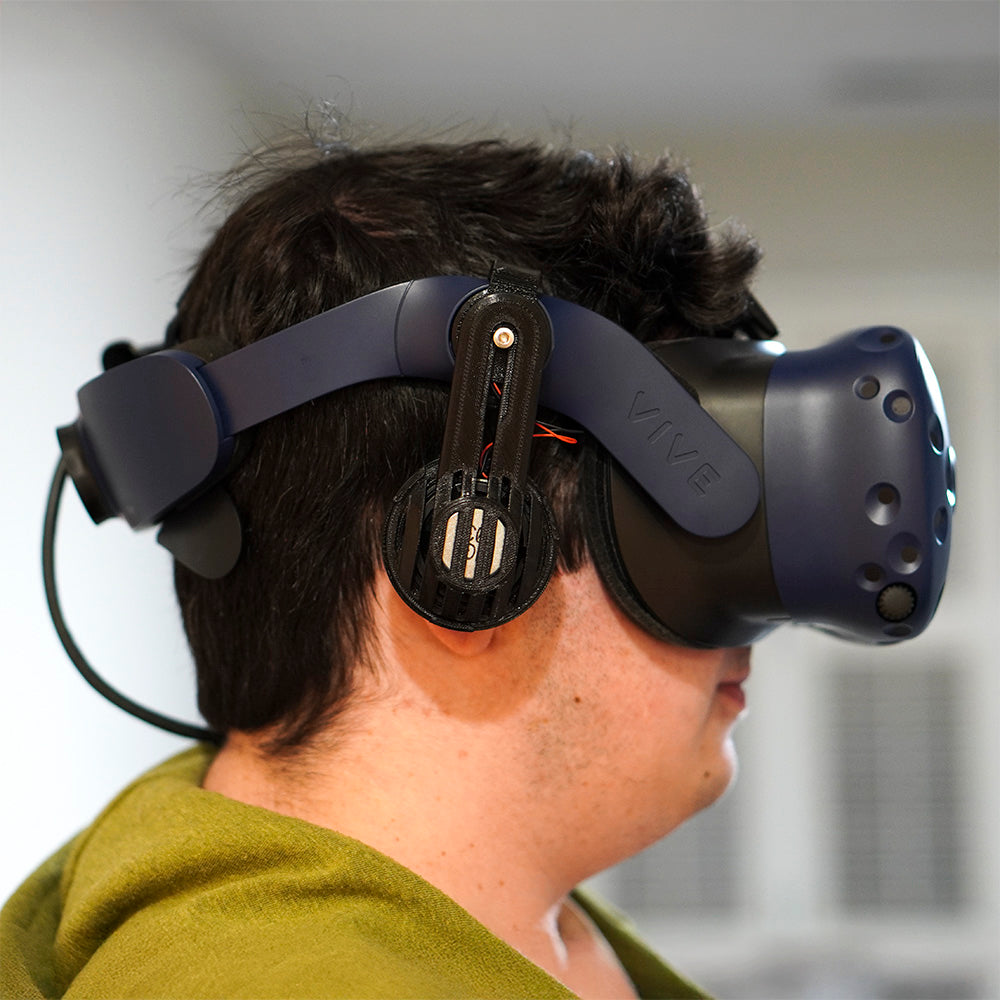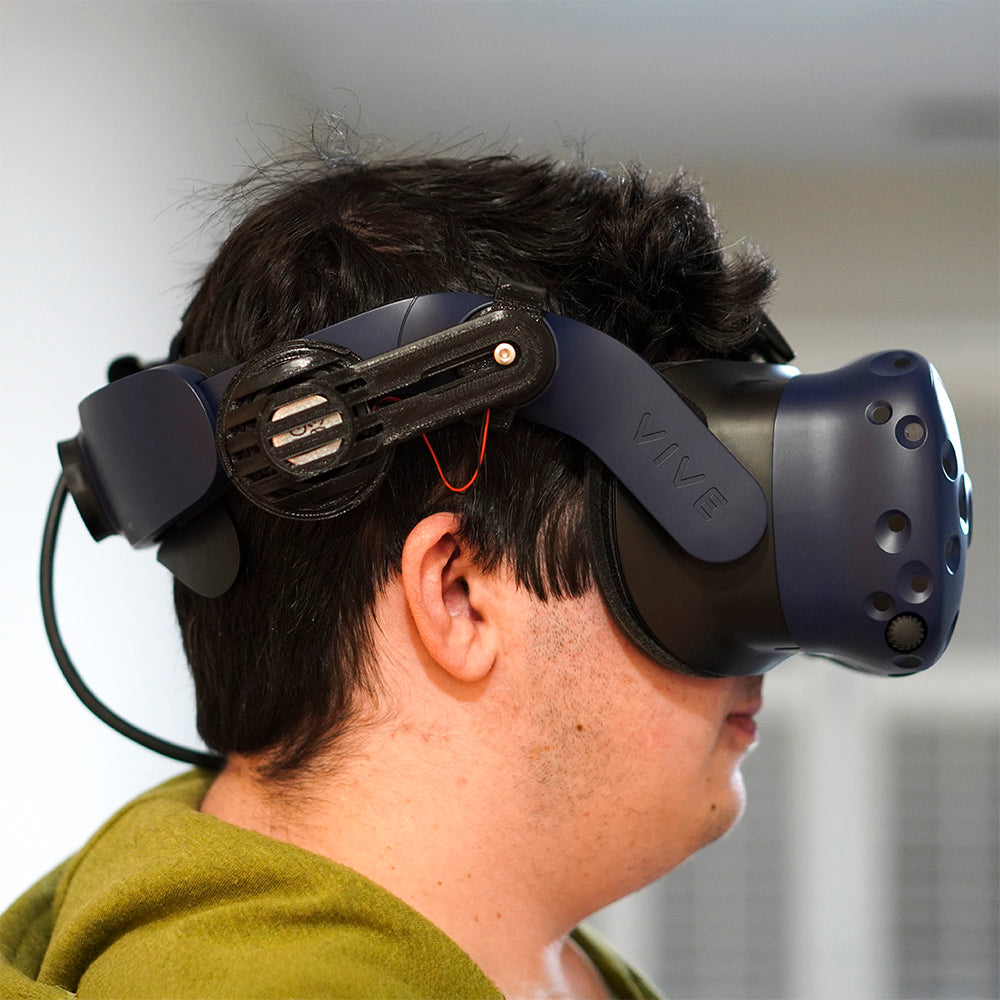Nolltronics
BMR Upgrade for the Vive Pro (and Eye)
BMR Upgrade for the Vive Pro (and Eye)
Couldn't load pickup availability
Replace the terrible stock Vive Pro and Vive Pro Eye headphones with the speakers closest to the Valve Index's BMRs on the market. These screw in as a direct replacement to the stock speakers.
The build is open source and available here if you want to make it from scratch, but if you don't want to deal with paying shipping from multiple sources and having PCBs made/assembled, here they are.
The Full Kit includes 2 BMRs, 2 sets of 3D prints, 2 assembled PCBs, and 2 sets of hardware (bolts and screws), fully assembled.
The DIY kit includes 2 BMRs, 2 assembled PCBs, and 2 sets of hardware. You'll need to: 3D print the assemblies, solder two sets of two wires to connect the BMRs to the PCB, insert the heat set inserts into the 3D print, and assemble.
Assembly instructions:
- Remove the velcro padding on the inner side of headband by the stock speakers
- Unscrew the stock speakers
- Pop the new ones on and screw them in with a M3 hex key
- Viola
Things to note:
- These are 3D printed with PETG that myself and friends have used for over a year without issue, but if you're sleeping on them, wires can get snagged and joints can break.
- These are made to order but orders should ship within 3-5 business days of ordering. If you're comfortable 3D printing and adding heat-set inserts, the DIY kit will ship faster.
- While the height of the speaker is adjustable, the maximum extension seems to fit the most people well, so I've tightened it to prevent too much unintended rotation. If you'd like to adjust this, you'll need a M4 hex key and a M4 hex socket (or pliers) to loosen the lock nut.
- "Just two PCBs" includes two PCBs unassembled. You will have to buy the pogo pins and resistor and solder them, as well as procuring everything else. You'd only select this if you want to fully DIY your own but don't want to wait/pay for overseas PCBs.
The Valve Index uses a slightly tuned version of the same driver (TEBM35C02-6B) with some onboard DSP to give it better bass response, which the Vive lacks. You can use a desktop equalizer to make these sound better, but it's so much better than stock that I don't bother with it. Find me on discord or send an email if you have any questions.
Share














